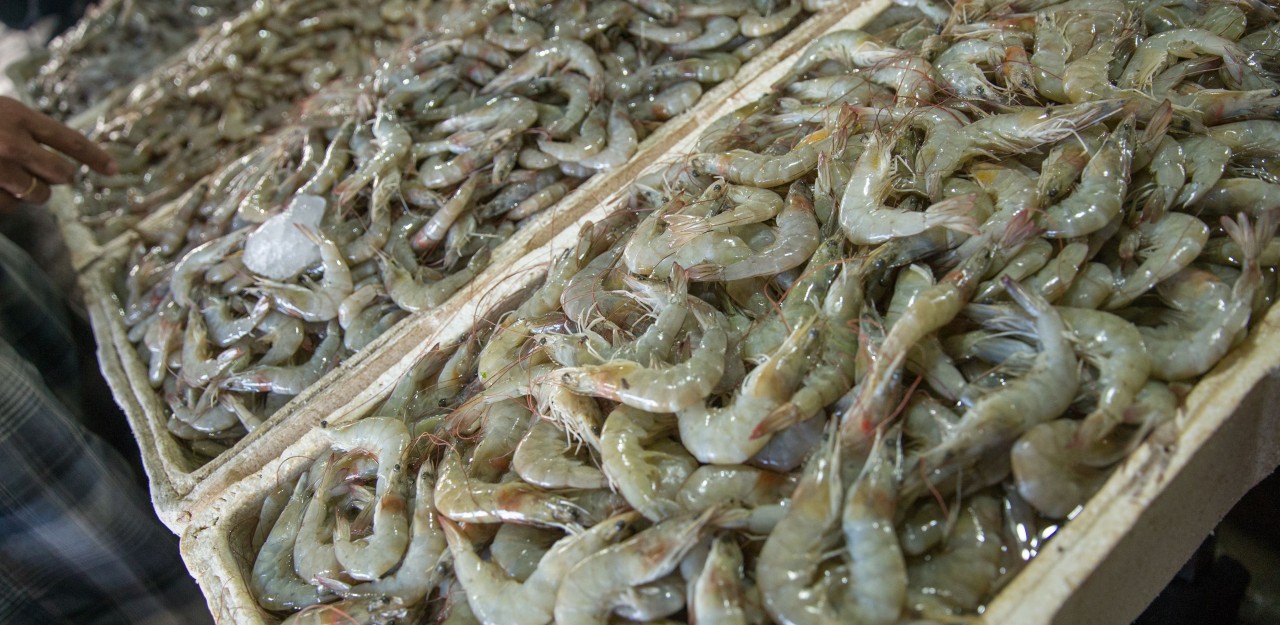
Shrimp Simplified: The 411 on Shrimp Labels - HOSO, HLSO, PUD, PND, PTO.
So, in the shrimp world, you might've heard terms like HOSO, HLSO, PUD, PND, and PTO thrown around. What's the deal? Let's break it down:
HOSO: Head-On, Shell-On:

These shrimps maintain their completeness with both the head and shell intact – no deveining, presenting the whole shrimp package.
HLSO: Headless, Shell-On:

Minus the head but with the shell intact, HLSO shrimps are deveined and ready for culinary exploration.
PUD (Peeled, Undeveined) & PND (Peeled, Deveined)

Convenient for those seeking a shell-off option without concerns about the vein. However, if a cleaner shrimp is preferred, consider PND.
PND shrimps are culinary VIPs – peeled, deveined, and prepared for immediate cooking, eliminating the need for additional peeling or deveining.
PTO: Peeled, Tail-On:

Shells are removed, tails remain – that's PTO. Typically, the head and veins take a backstage position.
These terms serve as a language in the seafood industry, explaining how shrimps are prepared before reaching your table. The selection depends on individual cooking preferences, recipe requirements, and desired shrimp presentation. For example, HOSO and HLSO are excellent choices when the entire shrimp is a focal point, while PND and PTO offer convenience for quick and easy recipes.
Clear enough?
Feel free to reach out if you are eager to learn more about our products! 🦐🦐